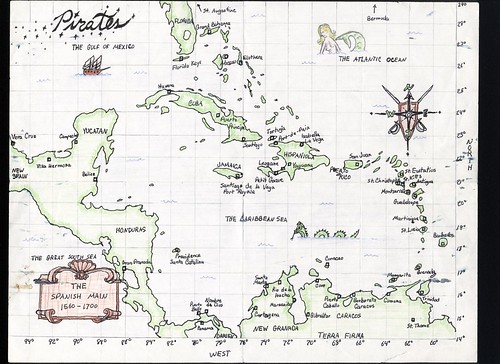Welcome to MATH 2133: Understanding Elemntary Math II
Great Students,
Greetings to everyone.
Welcome to our class. It is great to have you on board.
I am Samuel Chukwuemeka, your instructor for the class. Please do not bite your tongue trying to pronounce
my last name 😊
You can call me Mr. Samuel or Mr. C.
Chukwuemeka is a name of Ibo tribe in Nigeria.
Chukwu means GOD; emeka means has done a lot.
So, Chukwuemeka means GOD has done a lot for me.
I have a Bachelor of Engineering degree in Civil Engineering, an Associate in Applied Technology degree in
Computer
Information Systems, a Master of Education degree in Mathematics Education, and a Master of Science degree
in Computer
Science. I have taught several mathematics courses at several secondary schools, colleges, and universities
for 15
years.
My personal quote is: The Joy of a Teacher is the Success of his Students.
Yes, I mean it. I want you to succeed in your academic profession and I want to be part of that success.
We shall cover these topics: Problem Solving; Numbers and Numeration Systems; Number Theory; Integers;
Rational Numbers and Proportional Reasoning; Rational Numbers as Decimals, and Percent among others.
We shall apply the knowledge of the topics to real-world problems.
Procrastination is inimical to time. It is important to complete each assessment by the due date. I would
plan my time
accordingly.
May you please do the following tasks?
Review the course syllabus and all the information in the course.
Weekly Office Hours/Live Sessions will be held on Fridays from 10:30 am – 11:30 am MDT.
Click the invite link
(https://wnmu.zoom.us/j/89080119210) and join each week.
There will be a recording of the sessions, so we ask that you do not say or type any information that is
insensitive to someone else.
The sessions are optional, however, please make plans to attend.
If the day and time do not suit your schedule, no worries. You can always send an email to me, and we shall
communicate accordingly.
Ensure you review all the information for each page and each module. Complete every assessment as
applicable. Do not skip.
Feel free to ask questions. I am here to help.
Thank you.

Mathematically Yours,
Samuel Chukwuemeka
Working together for success



